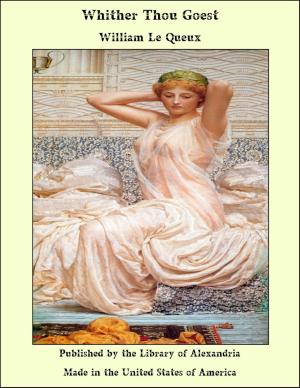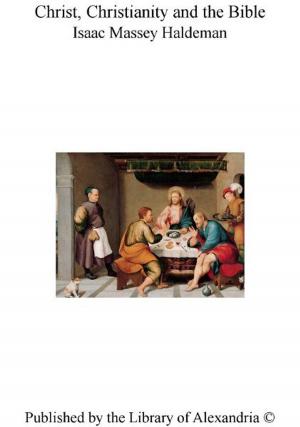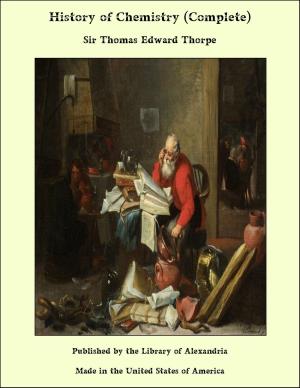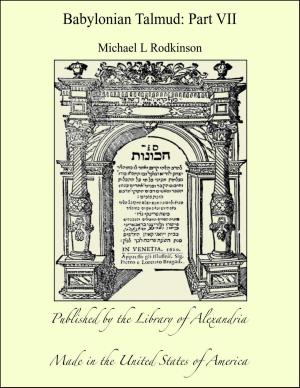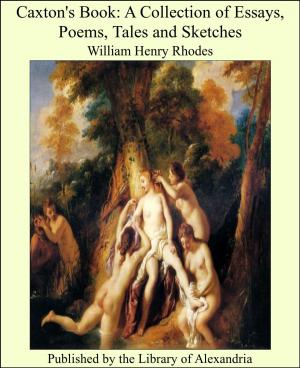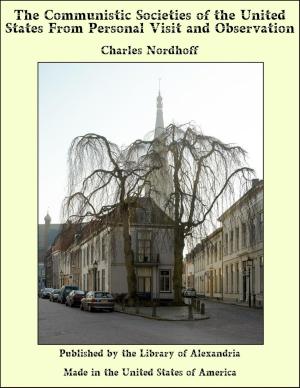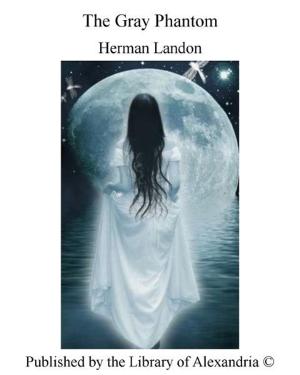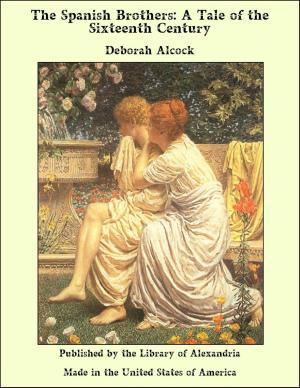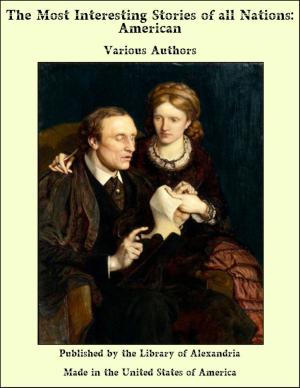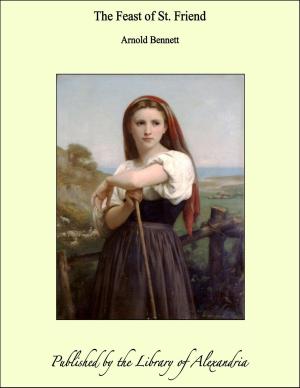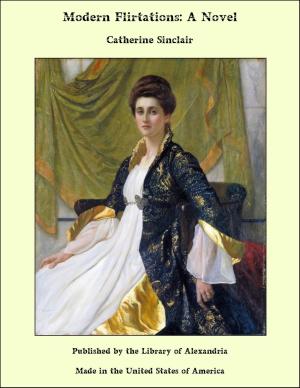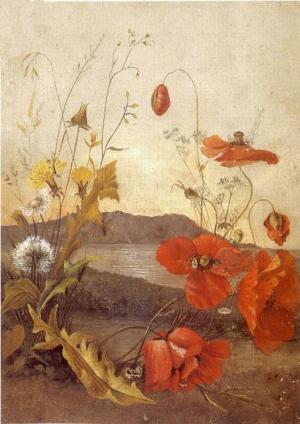| Author: | C. A. Kincaid | ISBN: | 9781613107966 |
| Publisher: | Library of Alexandria | Publication: | March 8, 2015 |
| Imprint: | Language: | English |
| Author: | C. A. Kincaid |
| ISBN: | 9781613107966 |
| Publisher: | Library of Alexandria |
| Publication: | March 8, 2015 |
| Imprint: | |
| Language: | English |
These stories first appeared in the Times of India newspaper, and my acknowledgments are due to the editor for his courtesy in permitting their publication. I have translated all of them as literally as possible from the original Marathi. But, owing to the difference between Marathi and English canons of taste, I have had in a very few places slightly to change the sense. In some places, owing to the obscurity of the original text, I have had to amplify the translation. In Other places I have had to cut short the descriptions of Hindu rites and ceremonies so as to avoid wearying the English reader. It may not be out of place to say just a word about the Indian gods mentioned in the stories. It must be remembered that the main Hindu gods are three in number. They are all sprung from a common origin, Brahma, but they are quite separate beings. They do not form a trinity, i.e. three in one or one in three. And each of them has a wife and a family. The following genealogical tree will, I hope, help the reader.
These stories first appeared in the Times of India newspaper, and my acknowledgments are due to the editor for his courtesy in permitting their publication. I have translated all of them as literally as possible from the original Marathi. But, owing to the difference between Marathi and English canons of taste, I have had in a very few places slightly to change the sense. In some places, owing to the obscurity of the original text, I have had to amplify the translation. In Other places I have had to cut short the descriptions of Hindu rites and ceremonies so as to avoid wearying the English reader. It may not be out of place to say just a word about the Indian gods mentioned in the stories. It must be remembered that the main Hindu gods are three in number. They are all sprung from a common origin, Brahma, but they are quite separate beings. They do not form a trinity, i.e. three in one or one in three. And each of them has a wife and a family. The following genealogical tree will, I hope, help the reader.


